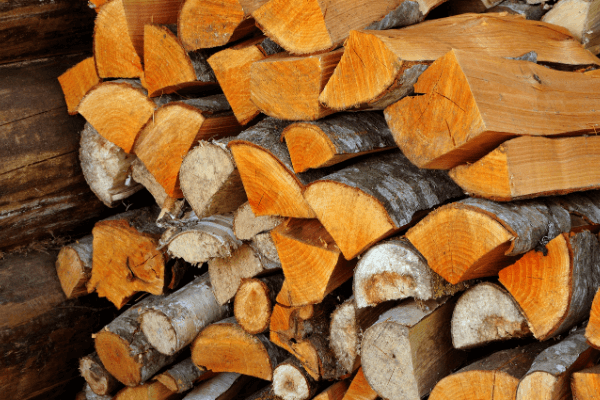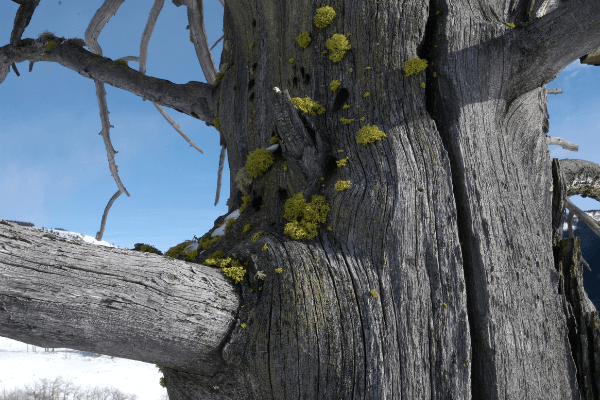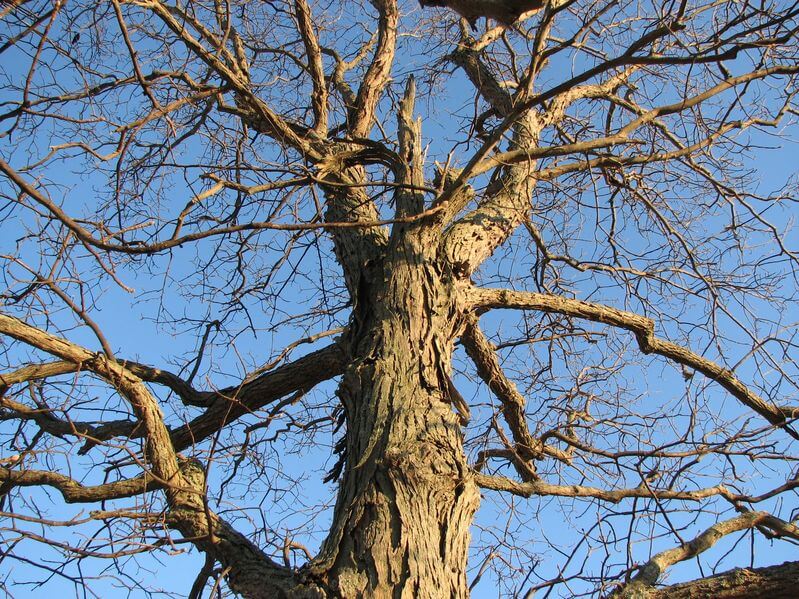- Home
- Cutting Firewood
- Trees for Firewood
Trees For Firewood
This post may contain affiliate links so I earn a commission.
What are the best trees for firewood to burn in your wood stove or fireplace?
Some people think that the type of firewood you burn does not matter, provided it is properly seasoned.
Although how wood is seasoned is crucial in how firewood behaves, there are several factors to consider.
First, you have to consider the type of wood that will meet a specific need.
Whether you use wood to heat your house or cook, not all wood is made equal for any given role in your home.
What Makes The Best Firewood?
That depends on where you live and the type of wood in your area.
Some areas have a plentiful supply of hardwoods, while others have an abundant supply of softwoods.
There are thousands of tree species, and each one has its unique traits. Because of that, some trees make better firewood than others.

If you use firewood only a few times per year, you might want to go for seasoned softwood, such as fir.
Fir dries faster, produces a pleasing fragrance, and creates an attractive ambiance.
Softwoods are easy to split and light. The problem with fir and other softwoods is that they burn faster than most hardwoods.
That means you will use more firewood than when using hardwoods.
If you use firewood as your primary source of power or heat, you might want to go for hardwoods, especially if you're looking for an overnight burn that will leave plenty of hot coals in the morning.
Hardwoods are denser and will burn longer, which will save you money.
In a perfect world you should use a combination of softwood and hardwood.
Use small, split pieces of softwood to quickly get the fire going followed by hardwoods on top to sustain the fire for a longer period of time.
Cutting Trees For Firewood
Before you go and randomly cut down a tree, consider what trees for firewood will make your woodlot healthier if you decide to harvest them.
A properly managed woodlot can provide years of firewood for your home.
A tree that has naturally blown down or broken off in a storm can be the easiest way to find trees for firewood.
Having the tree already lying on the ground prevents you from cutting down the tree, which can potentially be dangerous.
These trees can also be viewed as a form of natural selection.
These older or potentially unhealthy trees have been removed by nature, allowing room for new growth.

Inspect the blowdown before cutting.
Make sure the tree is not hung up on other nearby trees, causing tension to build up in the limbs.
Cutting
a limb that has tension on it could be dangerous. When cut, the tree could
spring back, causing injury to anyone nearby.
Cleaning up blown down trees and limbs will also clean up the forest floor, allowing new growth to start.
Realistically, you will not cut every piece of wood that falls to the ground so animals and insects can still enjoy the shelter and food provided by the falling branches.
The tops of trees left from recent logging can also supply a large quantity of firewood.
With permission, a property owner who has no use for the tops may allow you to cut them up for firewood.
Harvesting Standing Trees For Firewood
If you own acreage with a reasonable supply of trees, you may have already thought about having the woods logged by a local logging company.
A nice valuable hardwood will be large and straight with few limbs and knots in the tree.
Depending on the species, a tree of this quality can be more valuable as lumber than firewood.
For example, cutting down a veneer grade black walnut tree for firewood would be a poor choice because black walnut lumber can be very valuable.
Look for trees that have a crooked trunk, several limbs, or even a tree that looks unhealthy and starting to die.
By removing these low-value trees, it will allow other trees in the area to thrive, possibly increasing the value of your trees.

Hiring a local forester to give suggestions can be very beneficial if you are
interested in logging your property in the future.
However, there are some trees that are known for producing better-quality firewood than others.
Here are some of them:
Oak Firewood
The best-known trees for firewood are red and white oak trees.
Wood from oak trees is costly due to its density and strength.
The density makes this type of firewood one of the best at heat production. It is also easy to light and burns hotter and longer than softwoods.
Hickory Firewood
Hickory trees provide a unique combination of stiffness, hardness, and strength compared to other available commercially available woods.
It is often used to make expensive furniture and other wood-based products that other trees cannot make.
Hickory firewood produces a red-hot, bright, and clean fire.
Hickory firewood is also highly efficient, as it burns slower than softwoods.

Maple Firewood
Maple trees are usually cut down primarily for firewood.
This type of hardwood has more than 100 species. It does not emit a lot of smoke, produces a nice fragrance, and burns very hot.
Cherry Firewood
These trees produce excellent firewood that lights easily, especially in cold temperatures.
Firewood from cherry trees can burn for a considerably extended period while producing high amounts of heat.
Black Locust Firewood
Black locust is less popular than oak, hickory, maple, or cherry, but it still produces exceptional firewood.
It only grows in limited areas in the world. However, it produces a strong and hard-wearing wood that makes for a sustainable fire.
Overall - Trees For Firewood
If you look around, you will find that trees suitable for firewood are common, and it's not necessary to cut down that beautiful tree in your front yard to heat your home this winter.
Once you have identified the trees you want to use, learn how to cut and split the wood.
If you secure a stockpile of oak, hickory, maple, cherry, or black locust firewood, you will get a warm, spark-and smoke-free fire during cold winter nights.

About the Author
Obsessed with firewood, Nick is behind over 350+ of Firewood For Life's articles, as well as countless reviews, guides and YouTube videos to help readers like you reduce heating costs and create the perfect fire.


